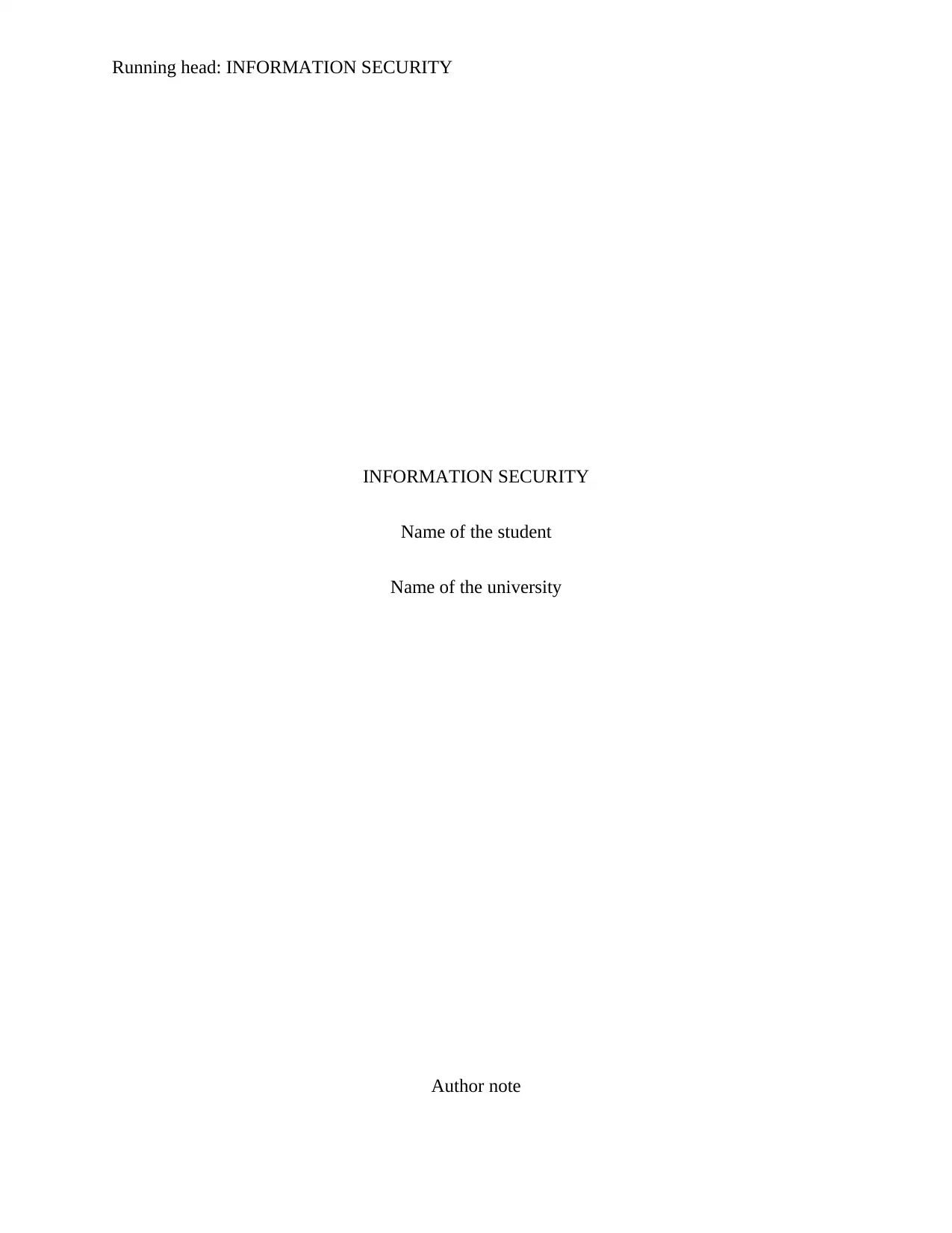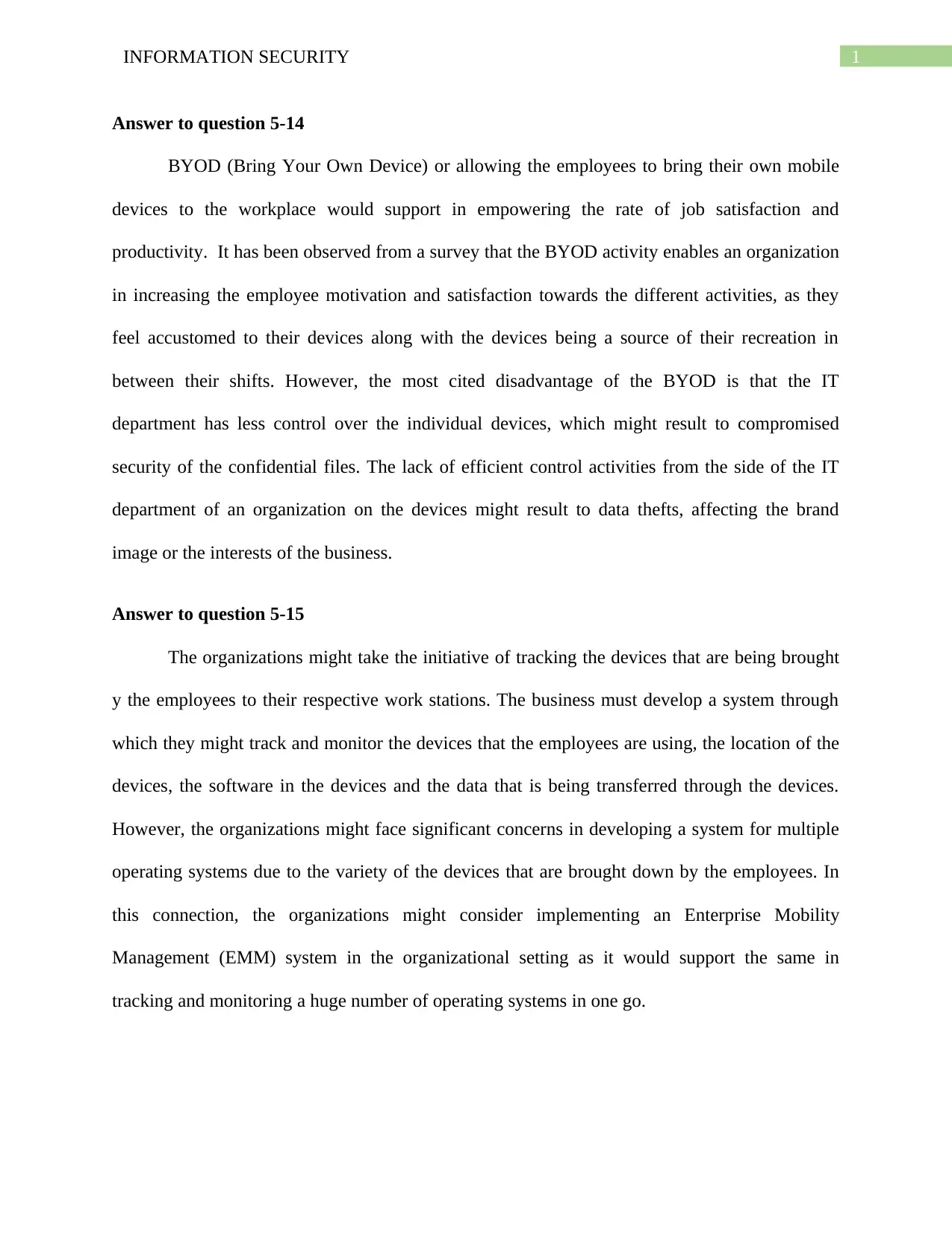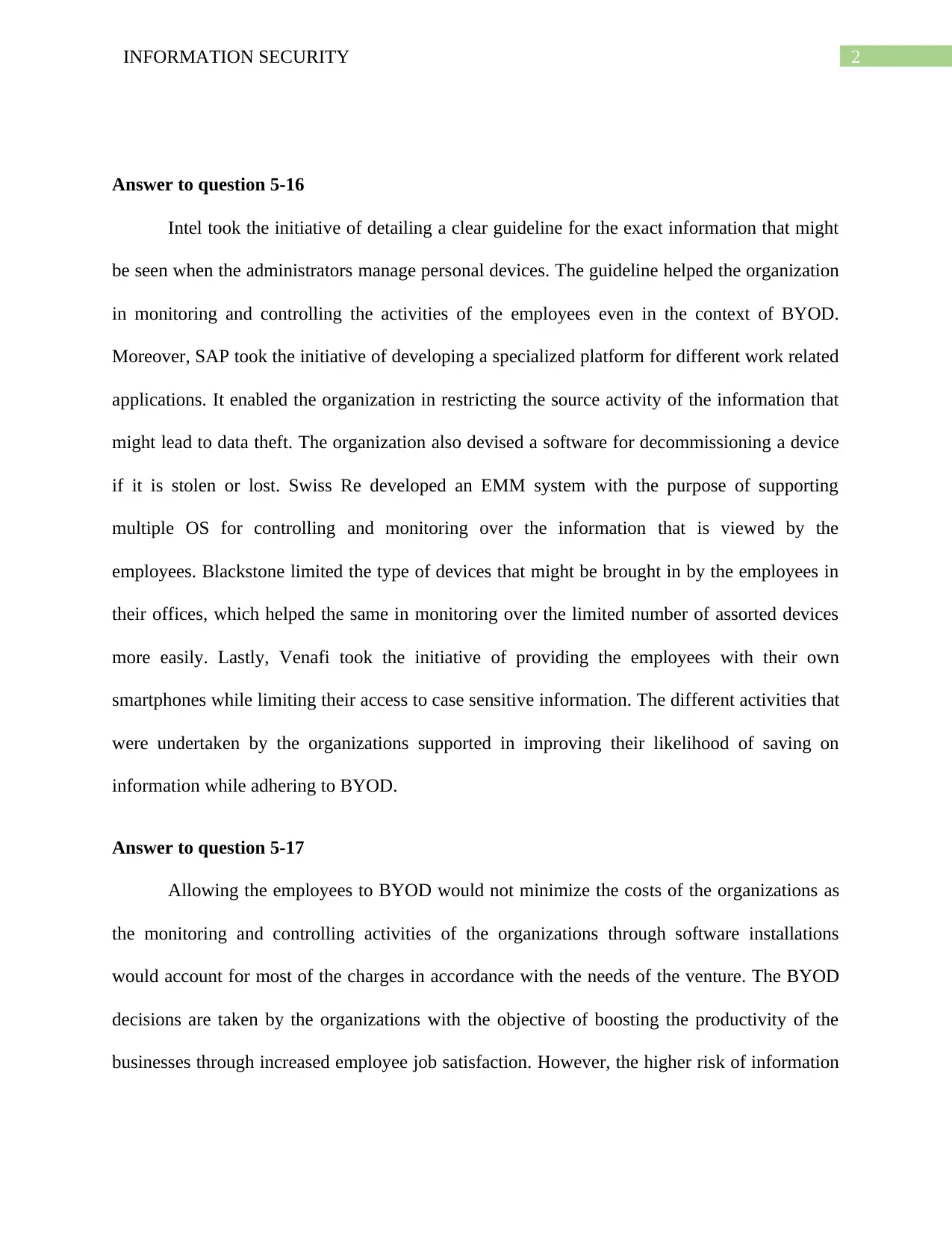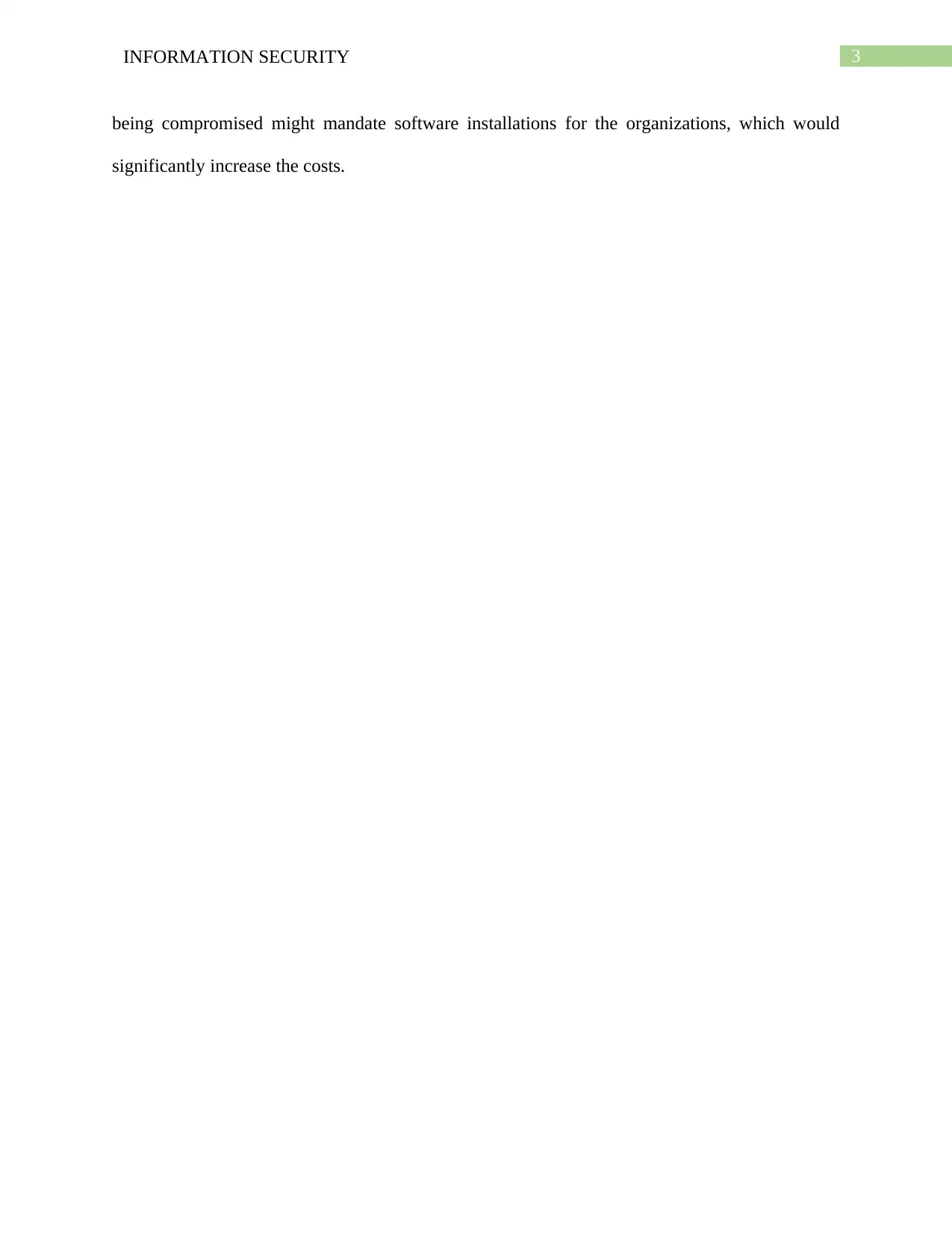University Name - Information Security - BYOD Case Study Analysis
VerifiedAdded on 2022/08/25
|5
|620
|20
Case Study
AI Summary
This case study analyzes the Bring Your Own Device (BYOD) trend in the workplace, exploring its impact on information security and business operations. The assignment addresses the advantages of BYOD, such as increased employee satisfaction and productivity, while also highlighting the significant security risks associated with it, including potential data breaches and lack of IT control over personal devices. The solution provides answers to specific questions, discussing strategies for organizations to manage BYOD, such as device tracking, implementing Enterprise Mobility Management (EMM) systems, and adopting clear guidelines. The case study further examines how companies like Intel, SAP, Swiss Re, Blackstone, and Venafi have addressed BYOD challenges through various security measures and policies. Finally, the assignment evaluates the cost implications of BYOD, concluding that while it may boost productivity, the need for software installations to mitigate security risks can increase overall costs.
1 out of 5












![[object Object]](/_next/static/media/star-bottom.7253800d.svg)